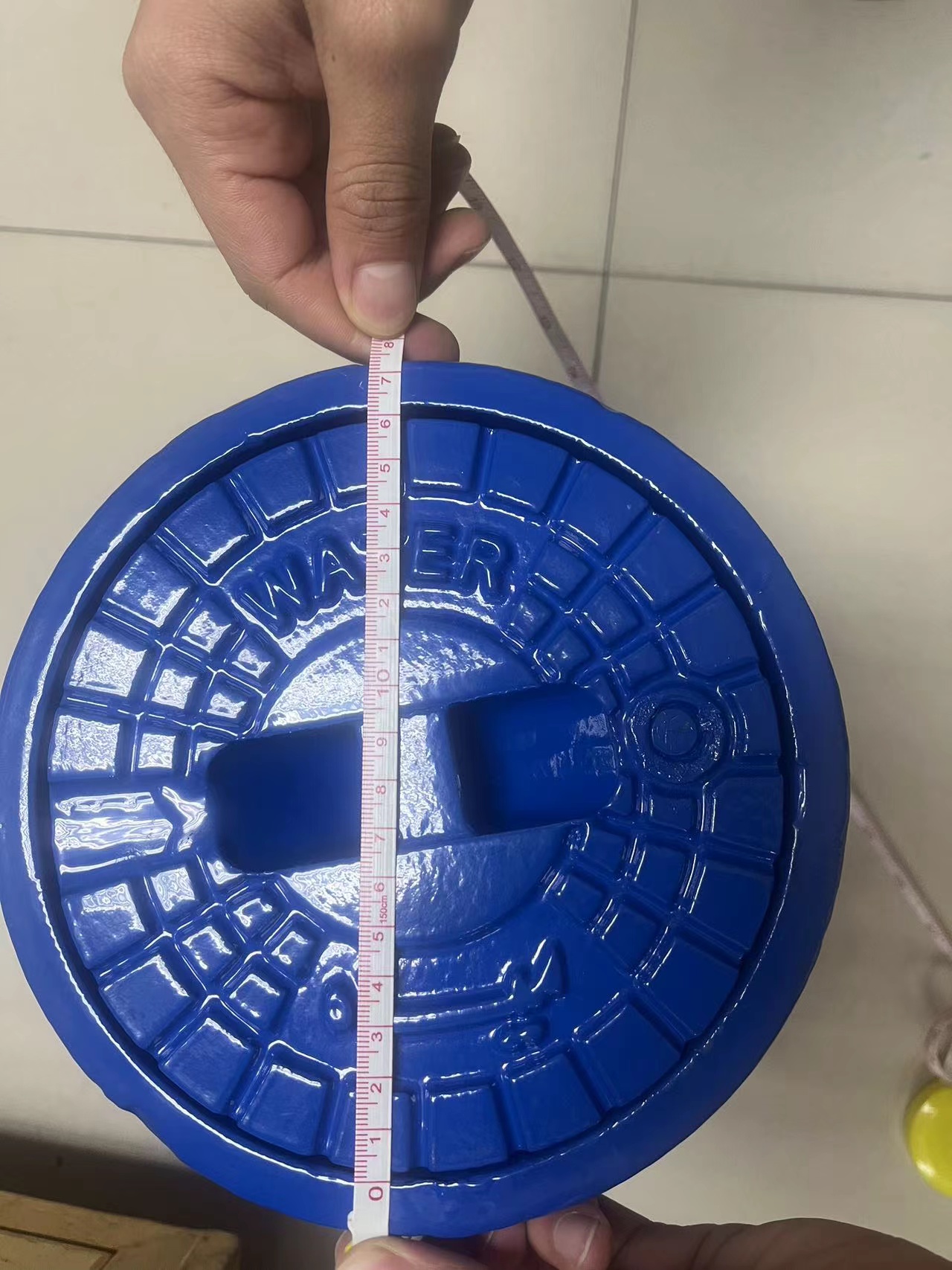Innovative Solutions for Urban Traffic Management with Retractable Bollards to Enhance Safety and Accessibility
The Essential Role of Collapsible Traffic Bollards in Urban Management
As urban centers continue to grow and evolve, the need for efficient traffic management solutions has become increasingly vital. One innovative solution that is gaining recognition is the use of collapsible traffic bollards. These versatile structures play an essential role in controlling vehicle access, enhancing pedestrian safety, and optimizing urban space. This article explores the significance of collapsible traffic bollards, their benefits, and their applications in modern city planning.
Understanding Collapsible Traffic Bollards
Collapsible traffic bollards are vertical posts that can be raised or lowered to allow or restrict vehicle access. Unlike traditional fixed bollards, these collapsible variants offer flexibility, making them an ideal choice for areas that require both pedestrian safety and occasional vehicle entry. They can be made from a variety of materials, including steel, plastic, or concrete, and come in different designs to suit aesthetic and functional needs.
Enhancing Safety and Security
One of the primary advantages of collapsible traffic bollards is their ability to significantly enhance safety in urban environments. By controlling vehicle access to pedestrian-heavy areas such as shopping districts, parks, or historical sites, these bollards help to create safer spaces for pedestrians and cyclists. This is particularly important in crowded city centers where vehicle-pedestrian interactions can lead to accidents.
Moreover, during emergencies, collapsible bollards can be retracted or deployed quickly to allow emergency vehicles access while maintaining a secure perimeter for crowds. This dual functionality is crucial in maintaining public safety and ensuring a swift response to emergencies.
Flexibility in Urban Planning
collapsible traffic bollards

Collapsible traffic bollards provide unparalleled flexibility in urban design. City planners can easily modify traffic flows based on time, events, or specific conditions. For instance, during festivals or street markets, bollards can be deployed to create pedestrian-only zones, promoting foot traffic and local businesses. After the events, they can be retracted to restore normal traffic patterns without requiring permanent modifications to the street layout.
Additionally, these bollards can aid in managing traffic congestion. By strategically placing collapsible bollards, city officials can adjust access to certain roads during peak travel times, thereby alleviating bottlenecks and improving overall traffic flow.
Cost-Effective Solution
From a financial perspective, collapsible traffic bollards represent a cost-effective solution for urban management. Their installation and maintenance costs are generally lower than those of more complex traffic control systems. As collapsible bollards can be easily integrated into existing infrastructure, cities can avoid costly construction projects. Furthermore, their durability ensures they withstand various weather conditions, reducing the need for frequent repairs or replacements.
Aesthetic Integration
Beyond functionality, collapsible traffic bollards can be designed to enhance the aesthetic appeal of urban spaces. With numerous designs and finishes available, these bollards can complement the overall architecture and landscape of a city. This not only improves the visual aspect of a location but also fosters a sense of identity and community.
Conclusion
In conclusion, collapsible traffic bollards are a valuable asset in modern urban management. Their ability to enhance safety, provide flexibility in traffic control, offer cost-effective solutions, and integrate aesthetically makes them an ideal choice for cities looking to adapt to growing population demands and changing dynamics. As urban areas continue to evolve, the implementation of collapsible traffic bollards will undoubtedly play a crucial role in creating safer, more accessible, and more functional environments for everyone.
-
The Smarter Choice for Pedestrian AreasNewsJun.30,2025
-
The Gold Standard in Round Drain CoversNewsJun.30,2025
-
The Gold Standard in Manhole Cover SystemsNewsJun.30,2025
-
Superior Drainage Solutions with Premium Gully GratesNewsJun.30,2025
-
Superior Drainage Solutions for Global InfrastructureNewsJun.30,2025
-
Square Manhole Solutions for Modern InfrastructureNewsJun.30,2025
-
Premium Manhole Covers for Modern InfrastructureNewsJun.30,2025
